Vegetables To Grow In Late Summer For A Fall Harvest
Title: Vegetables to Grow in Late Summer for a Fall Harvest
Introduction:
The end of summer is a great time to start planting some cool-season vegetables for a fall harvest. These vegetables thrive in cooler temperatures and can withstand light frosts. Planting in late summer gives you a longer growing season and allows you to enjoy fresh, homegrown produce well into the fall.
Main Content:
Here are some of the best vegetables to grow in late summer for a fall harvest:
- Broccoli: Broccoli is a cold-hardy vegetable that can be harvested up until the first frost. It is a good source of vitamins C and K, as well as fiber.

- Cabbage: Cabbage is another cold-hardy vegetable that can be stored for several weeks in a cool, dark place. It is a good source of vitamins C and K, as well as potassium.
- Carrots: Carrots can be planted in late summer and harvested in the fall. They are a good source of vitamins A and K, as well as fiber.
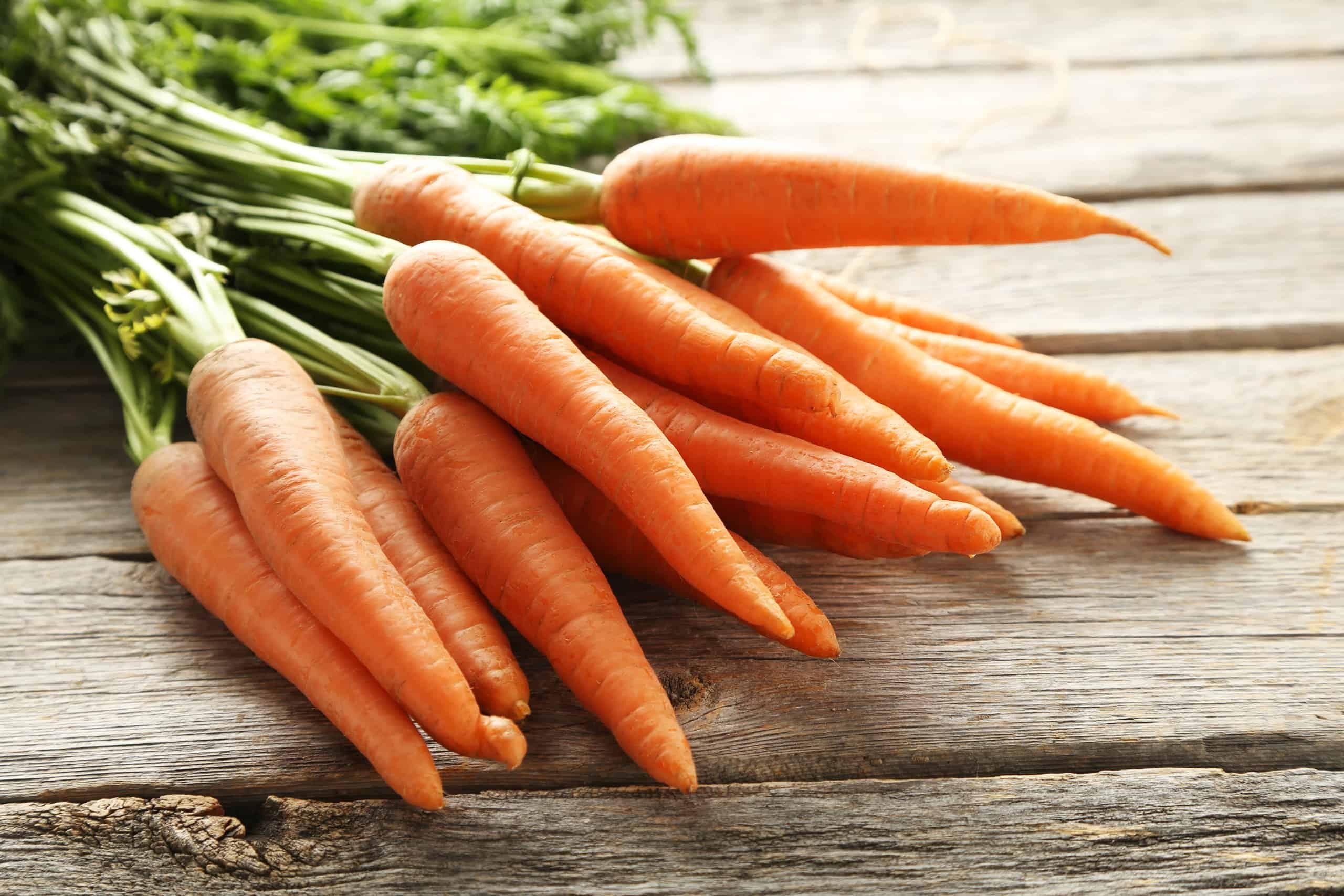
- Cauliflower: Cauliflower is a delicious and versatile vegetable that can be roasted, steamed, or grilled. It is a good source of vitamins C and K, as well as fiber.

- Chinese cabbage: Chinese cabbage is a leafy vegetable that can be harvested in about 60 days. It is a good source of vitamins A and C, as well as fiber.

- Kale: Kale is a superfood that is packed with nutrients. It can be harvested in about 60 days and is a good source of vitamins A, C, and K, as well as fiber.

- Kohlrabi: Kohlrabi is a root vegetable that has a mild flavor and crunchy texture. It can be harvested in about 50 days and is a good source of vitamins C and K, as well as fiber.
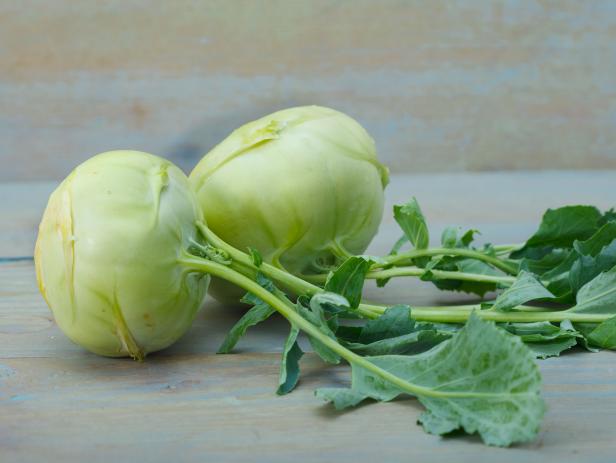
- Lettuce: Lettuce is a cool-season vegetable that can be harvested in about 40 days. It is a good source of vitamins A and K, as well as fiber.
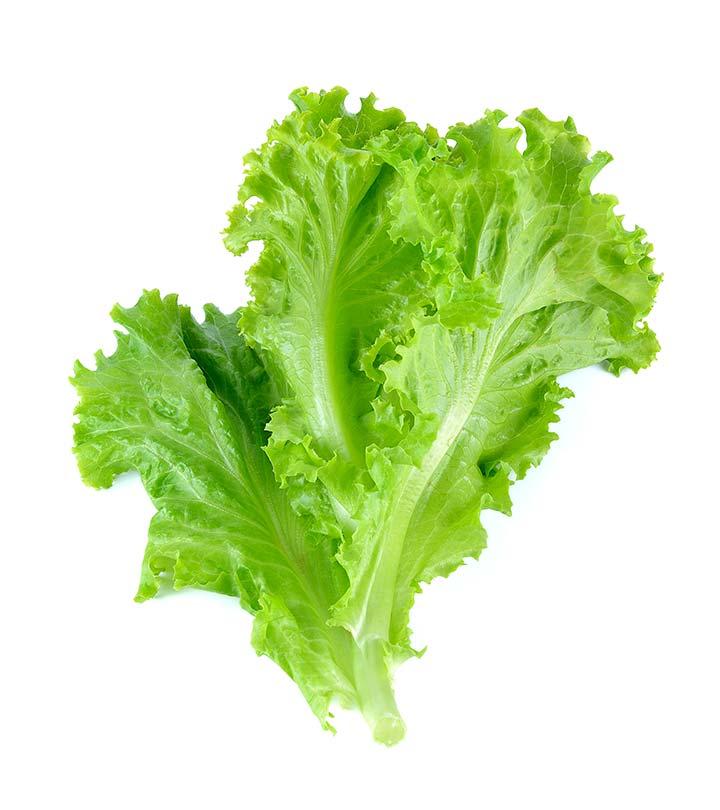
- Melons: Melons are a warm-season fruit, but some varieties can be planted in late summer for a fall harvest. Cantaloupe, honeydew, and watermelon are all good choices.
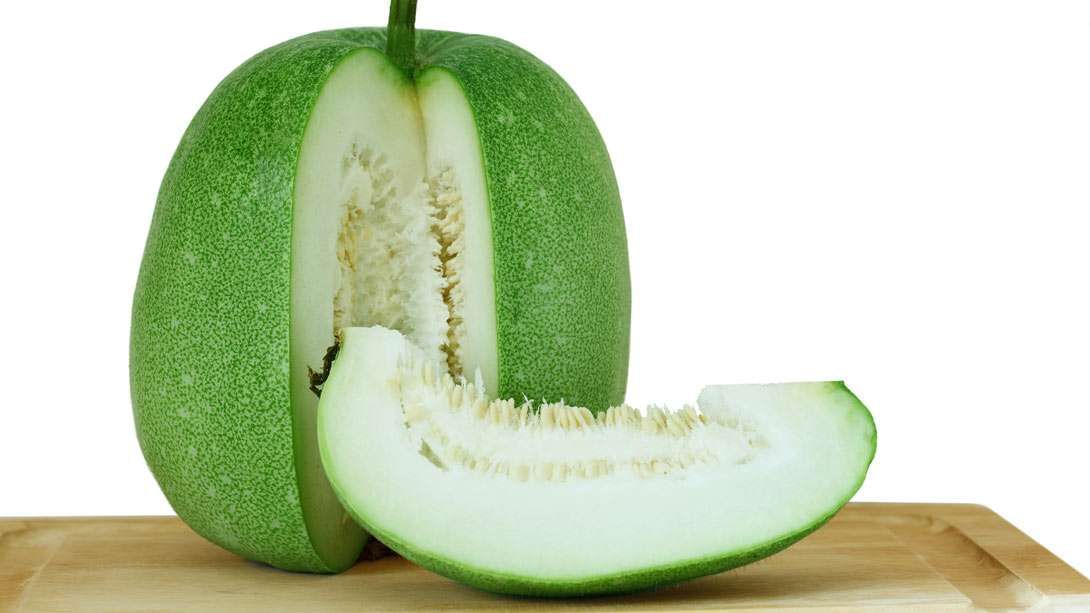
- Okra: Okra is a warm-season vegetable that is native to Africa. It can be harvested in about 60 days and is a good source of vitamins C and K, as well as fiber.
- Peas: Peas are a cool-season vegetable that can be harvested in about 60 days. They are a good source of protein and fiber.

- Pumpkins: Pumpkins are a warm-season vegetable that can be harvested in about 90 days. They are a good source of vitamins A and C, as well as fiber.
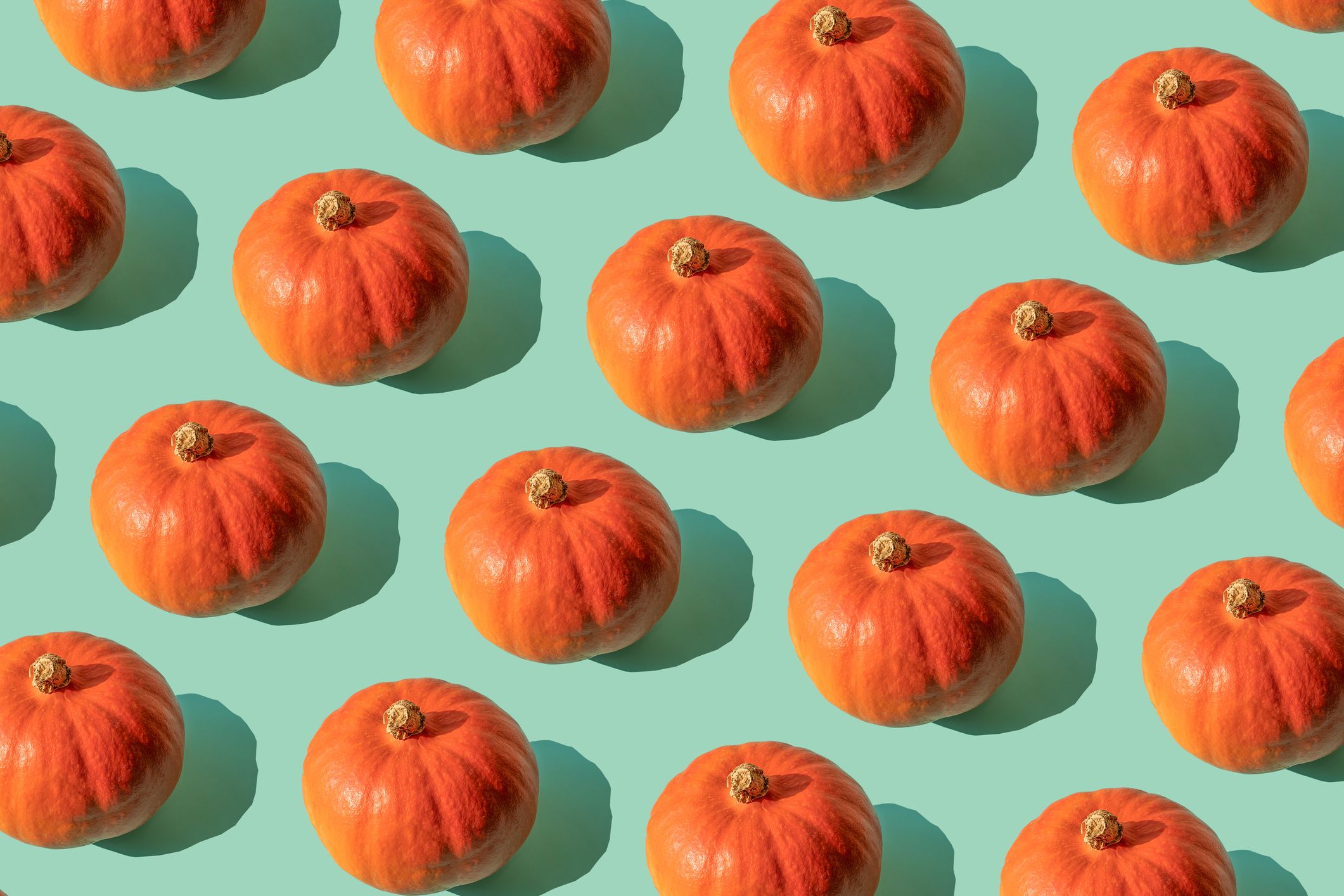
- Spinach: Spinach is a cool-season vegetable that can be harvested in about 30 days. It is a good source of vitamins A, C, and K, as well as fiber.

- Sweet potatoes: Sweet potatoes are a warm-season vegetable that can be harvested in about 90 days. They are a good source of vitamins A and C, as well as fiber.
- Swiss chard: Swiss chard is a leafy vegetable that can be harvested in about 60 days. It is a good source of vitamins A, C, and K, as well as fiber.

- Turnips: Turnips are a root vegetable that can be harvested in about 60 days. They are a good source of vitamins C and K, as well as fiber.

Conclusion:
Planting vegetables in late summer for a fall harvest is a great way to extend your growing season and enjoy fresh, homegrown produce all season long. With so many different vegetables to choose from, you're sure to find some that you and your family will love.
Are you looking for vegetables to grow in late summer? There are a variety of crops that can be planted in the late summer months, and the best ones for you will depend on your climate and growing conditions. Some popular choices include:
- Beets
FAQ of vegetables to grow in late summer
- What vegetables can I plant in late summer?
Some vegetables that are well-suited for planting in late summer include:
* Beets
* Carrots
* Radishes
* Turnips
* Peas
* Bush beans
* Cauliflower
* Broccoli
* Cabbage
* Chard
* Kale
* Spinach
* Mustard greens
* Lettuce
* Arugula
* Sorrel
* Bok choy
* Mescalin mix
* Cilantro
These vegetables are all relatively cold-hardy and will be able to withstand the cooler temperatures of late summer and early fall. They also tend to mature quickly, so you can enjoy a harvest in a relatively short amount of time.
- When is the best time to plant vegetables in late summer?
The best time to plant vegetables in late summer will vary depending on your climate. In general, you should aim to plant your seeds or seedlings about 6-8 weeks before the first frost in your area. This will give the plants enough time to mature before the weather gets too cold.
- How do I prepare my soil for planting vegetables in late summer?
Before you plant your vegetables, it's important to prepare your soil. This means tilling or loosening the soil to a depth of at least 6 inches. You should also add some compost or other organic matter to the soil to improve drainage and fertility.
- How do I water my vegetables in late summer?
Watering your vegetables is essential, especially during the hot and dry days of late summer. You should water your plants deeply and regularly, especially if they are young or if the weather is particularly hot.
- How do I fertilize my vegetables in late summer?
Fertilizing your vegetables will help them to grow strong and healthy. You can use a balanced fertilizer, such as a 10-10-10 fertilizer, every 2-4 weeks.
- How do I protect my vegetables from pests and diseases in late summer?
Pests and diseases can be a problem for vegetables in late summer. You can help to protect your plants by inspecting them regularly for signs of pests or diseases. If you do find any problems, you can treat them with insecticidal soap, neem oil, or other organic pesticides.
Image of vegetables to grow in late summer
10 different images of vegetables to grow in late summer that are free to use:
- Beetroot is a root vegetable that is easy to grow and can be harvested in as little as 60 days.
- Beetroot is a good source of vitamins A and C, as well as potassium and folate.
- Carrots are another root vegetable that is easy to grow and can be harvested in about 70 days.
- Carrots are a good source of vitamin A, as well as potassium and fiber.
- Radish is a fast-growing vegetable that can be harvested in as little as 20 days.
- Radish is a good source of vitamin C and potassium.
- Turnip is a root vegetable that is similar to beetroot and can be harvested in about 60 days.
- Turnip is a good source of vitamins A and C, as well as potassium and fiber.
- Peas are a cool-season vegetable that can be planted in late summer in many areas.
- Peas are a good source of protein and fiber.
- Bush beans are a type of bean that grows in a bushy form and does not need to be staked.
- Bush beans are a good source of protein and fiber.
- Cauliflower is a cool-season vegetable that can be planted in late summer in many areas.
- Cauliflower is a good source of vitamin C and fiber.
- Cabbage is a cool-season vegetable that can be planted in late summer in many areas.
- Cabbage is a good source of vitamin C and fiber.
- Broccoli is a cool-season vegetable that can be planted in late summer in many areas.
- Broccoli is a good source of vitamin C, vitamin K, and fiber.
- Kale is a cool-season vegetable that can be planted in late summer in many areas.
- Kale is a good source of vitamins A, C, and K, as well as fiber.


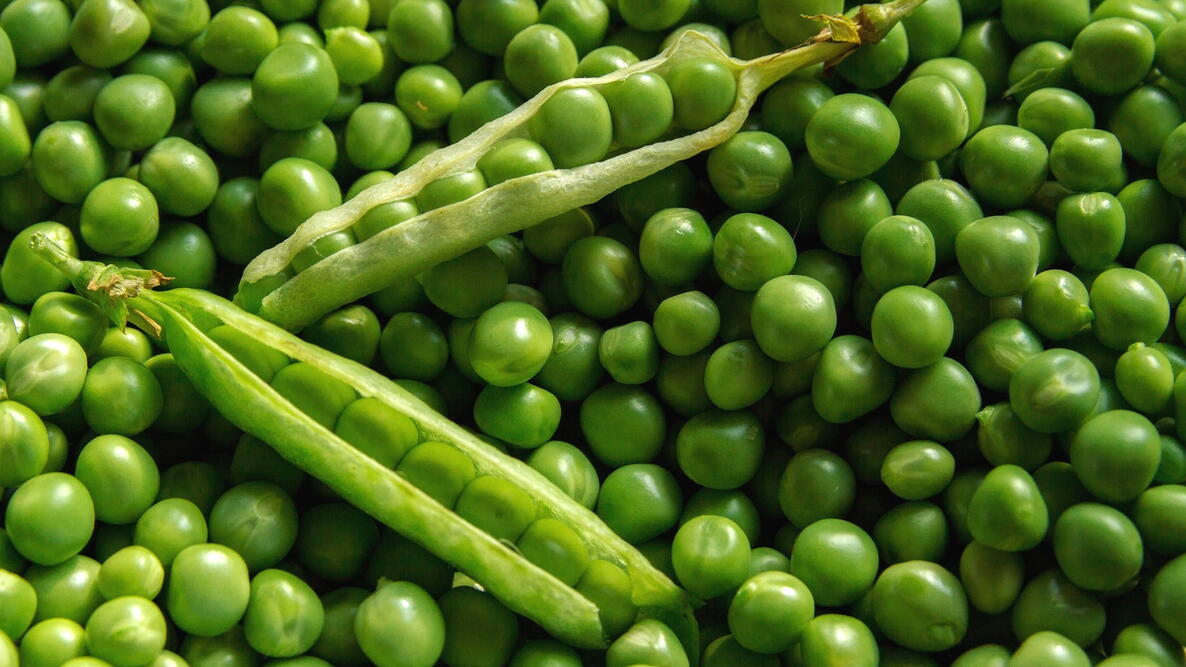

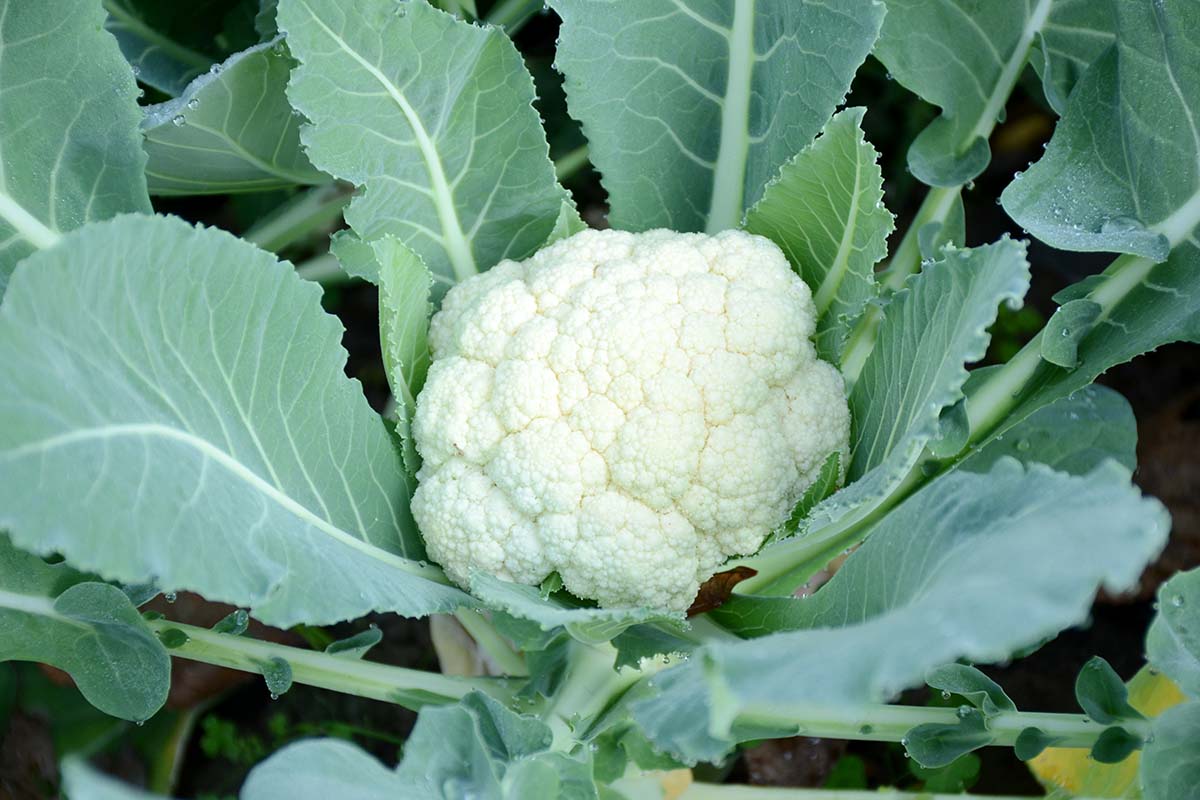

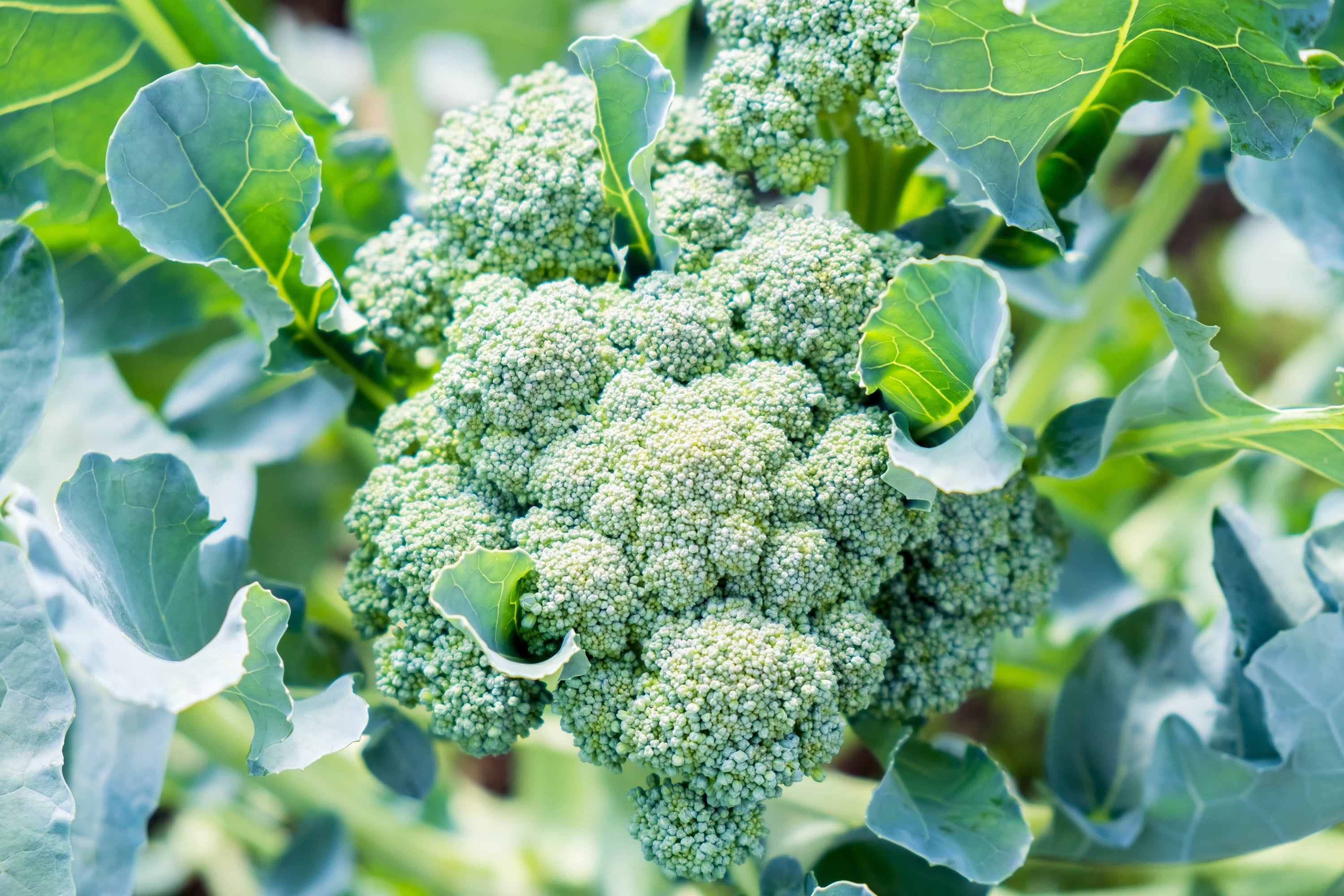
Post a Comment for " Vegetables To Grow In Late Summer For A Fall Harvest"